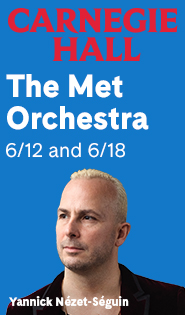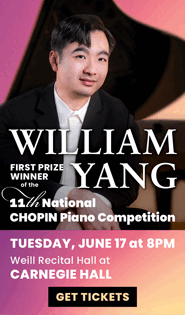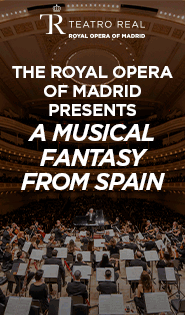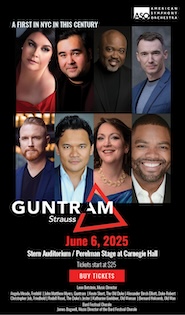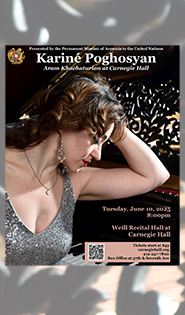Emersons, Wosner make sparkling colleagues for Chamber Music Society
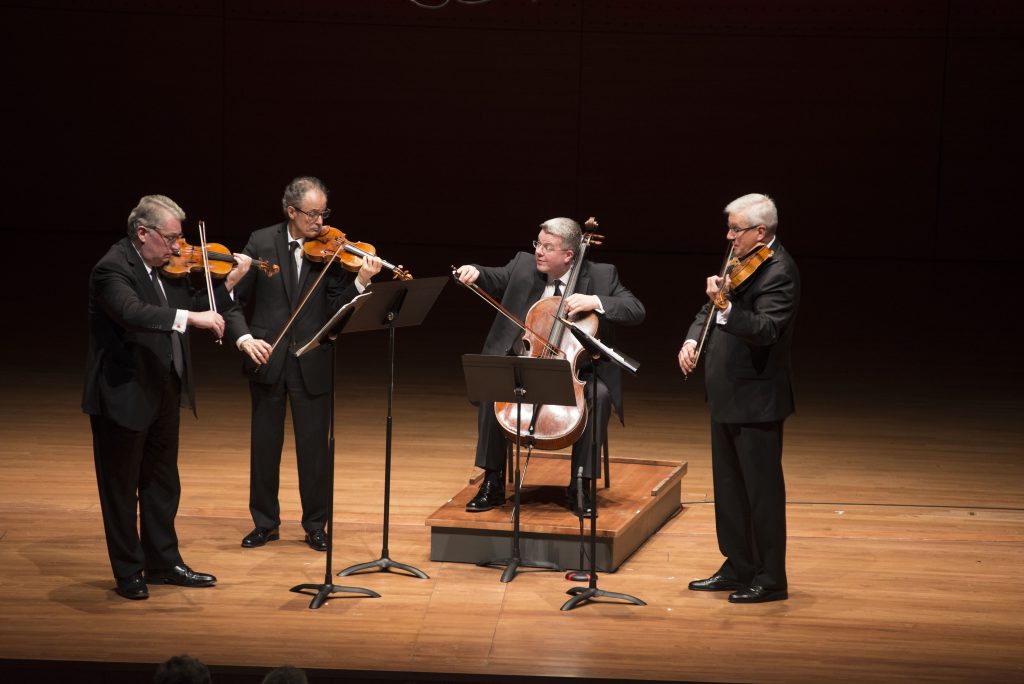
The Emerson String Quartet performed in Sunday’s Chamber Music Society of Lincoln Center concert. File photo: Tristan Cook
The Chamber Music Society of Lincoln Center played with the possibilities of fours Sunday afternoon in Alice Tully Hall with a concert titled “Quartet Variations.” Centered around the Emerson String Quartet, that meant a program that encompassed Mozart’s Piano Quartet in E- flat major, K. 493, and Dvorak’s String Quartet in G major, Op. 106. And, stretching the quartet idea past the limit, the centerpiece was William Bolcom’s Quintet No. 1, for string quartet and piano.
The Mozart and Bolcom works required a keyboard collaborator, and for this concert, it was the excellent Shai Wosner. Violinist Eugene Drucker joined him, along with violist Lawrence Dutton and cellist Paul Watkins, in the Mozart quartet.
The Emersons are known for the excitement and muscular energy of their playing, but the Mozart quartet bought out elegant, jaunty accompaniment to the piano. Wosner’s touch led the way, sitting at a precise and ideal spot where his superb articulation met the sonic possibilities of the modern piano, a virtual definition of “sparkling.”
As was the performance as a whole, which had such verve and loveliness that one eagerly anticipated the opening repeat once the double bar came into sight. The Larghetto was simply done and effective for that, and Wosner and the string players brought out all the unabashed humor of the final movement.
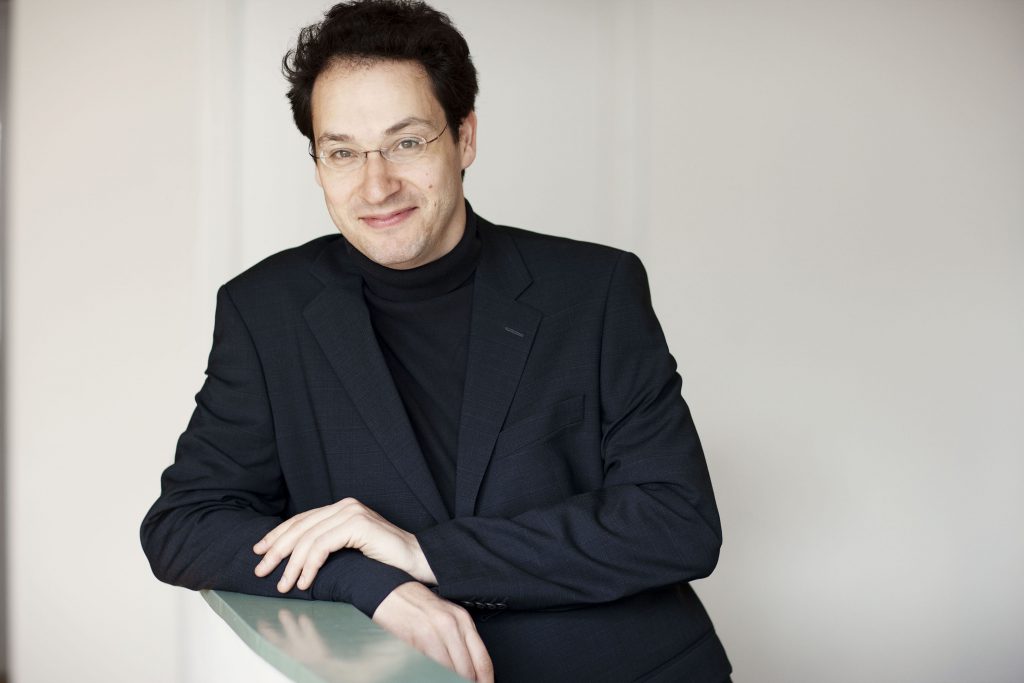
Shai Wosner. Photo: Marco Borggreve
With violinist Philip Setzer, the quartet was complete for Bolcom’s Piano Quintet, written at the end of the last century. The piece consciously follows the great examples of Schumann and Brahms, but with, “important differences,”as Bolcom was quoted in the program.
The main difference is a colored and expressionistic chromaticism carried through extended harmonies. The opening movement—titled Sonata Movement and played with gravity by the musicians—had an intense emotionalism to it, the music saying a great deal of complex things while hinting that there were even denser ideas and experiences farther below the surface.
In terms of duration that opening movement was the most substantial. The following ones were in Bolcom’s more familiar idiom which combines complex composition with the winning, and sometimes wry, charm of a popular music/show tunes attitude. The Larghetto had a dreamy, big-band like theme, and the stern Lamentation had a riff ideal for a film noir soundtrack. The Rondo finished it all off with more than a little swing, which Wosner and the quartet played with ease and relish.
Dvorak’s G major quartet accounted for the second half of the concert, and gave the Emerson the opportunity to open up. They’re like a luxury sports car, going from 0-60 in barely a moment, and the ride is smooth and luxurious all the way.
The performance was much more than that, though. One of the reasons the group is one of the premiere quartets in a field crowded with dozens of excellent ones is their energy and power—the force with which they dig into attacks and accents, and the sense of mass in how they shape dynamics and sculpt phrases is deeply musical and meaningful. Their playing of the Op. 106 Quartet had an almost physical pleasure in the way it carried one along, beguiling with beauty of sound and expressive feeling.
The Chamber Music Society of Lincoln Center presents music of Brahms, Schulhoff, and Schumann at the Rose Studio, 6:30 and 9 p.m. October 25. chambermusicsociety.org
